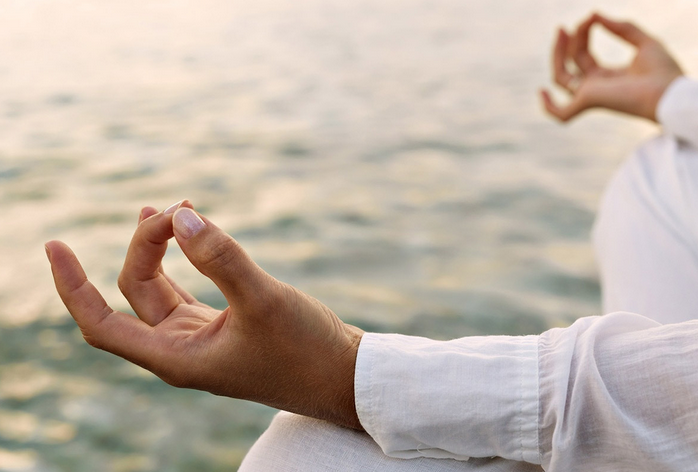
So you’re ready to try meditation and want to know how to meditate? There are many techniques for beginners. Try this easy-to-learn mindfulness technique from the Guardian, designed to help you find a bit more clarity and calm in your everyday life:
Step 1: Before you get started
Before you start, you need to take care of a few practicalities. When are you going to do it each day? Where can you sit undisturbed? How will you even remember to do it? The first step is committing to a regular, daily practice. Taking 10 minutes out each day shouldn’t be difficult, but it’s easy to get caught up in everything that’s going on.Try to make it a regular part of your schedule. Create a space to sit at the same time each day. Mornings seem to work best for most people, but find a time that works for you. Where you do it doesn’t matter, just as long as you’re unlikely to be interrupted. And lastly, wear whatever you like, although you might want to loosen ties or belts, and take off your shoes.
Step 2: Get settled
Find a quiet space where you can relax. Sit comfortably in a chair with your hands resting in your lap or on your knees. Keep your back straight – sitting at the front of the seat might help. Your neck should be relaxed, with your chin slightly tucked in. Commit to practicing for the full time you’ve set aside, whether you find the session easy or difficult. A timer or a guided meditation recording might help to reach this goal.
Step 3: Breathe deeply
Defocus your eyes, gazing softly into the middle distance. Take five deep, audible breaths, breathing in through the nose and out through the mouth. On the last exhalation, allow your eyes to close.
Step 4: Check in
Take a few moments to settle into your body. Gently observe your posture, and notice the sensations where your body touches the chair and your feet meet the ground. Feel the weight of your arms and hands resting on your legs. Acknowledge your senses: notice anything you can smell, hear or taste, and sensations of heat, cold or wind.
Step 5: Scan your body
Slowly turn your mind inwards. Scan your body from head to toe, observing any tension or discomfort. Don’t try to change what you find, simply take note of it. Scan again, although this time notice which parts of the body feel relaxed. Take about 20 seconds for each scan.
Now turn your awareness to your thoughts. Notice any thoughts that arise without attempting to alter them. Gently note your underlying mood, just becoming aware of what’s there without judgment. If there’s nothing obvious, that’s fine, too.
Read steps 6-10 here.
Ending a Meditation
When you’re finished, it’s important to come out of your meditation slowly. After the deep rest you gain from your meditation, it can be jarring to suddenly get up. Keep your eyes closed for a few minutes, stretch, move around slowly, and gradually become more active. When you are ready to open your eyes, you can open them downcast at first. Take your time!
When you complete a meditation session, it is important to carry the effects into everything you do so that focus, calm and clarity can be established in your everyday life.


